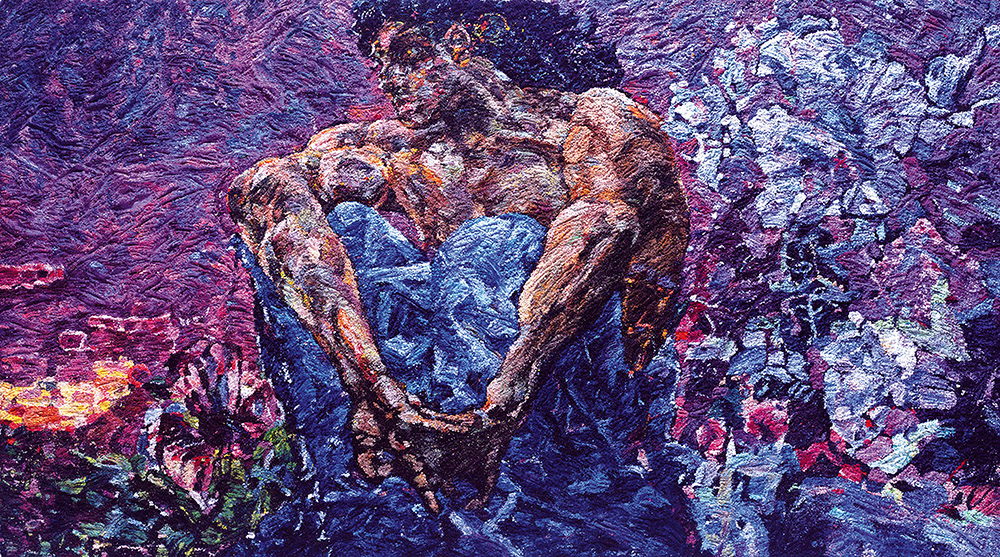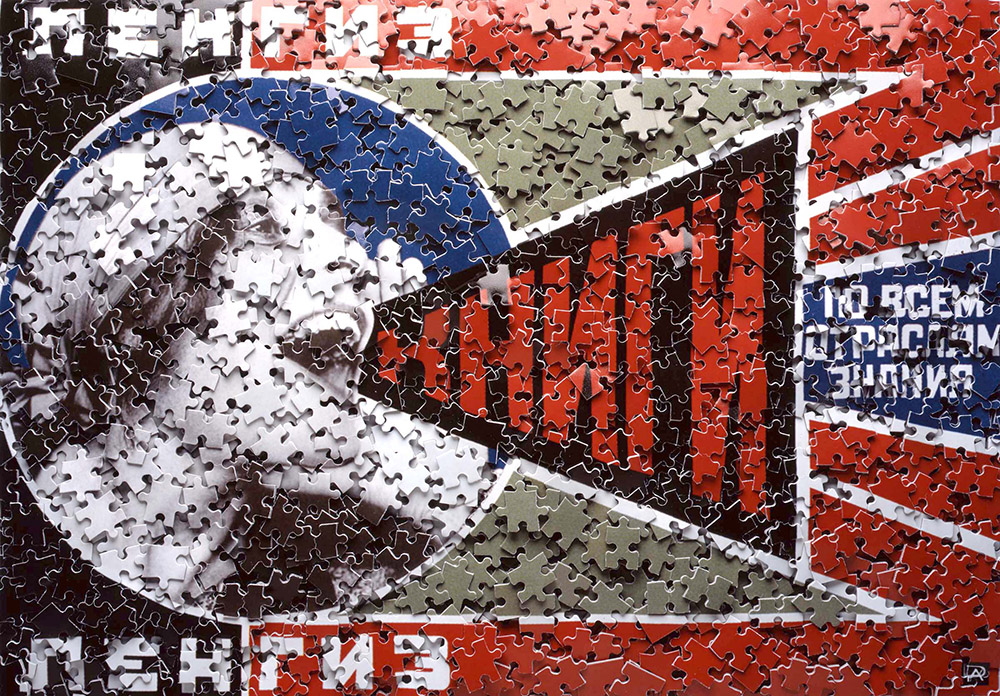ART CITIES:Moscow-Vic Muniz
 Vic Muniz began his artistic career as a sculptor, but later shifted his focus to graphic arts and photography. Inspired by the work of postmodernists Cindy Sherman and Jeff Koons, Muniz uses popular images in his works and presents them in a new way, thus demonstrating one of the fundamental ideas of contemporary art: the primacy of concept over uniqueness of visual context.
Vic Muniz began his artistic career as a sculptor, but later shifted his focus to graphic arts and photography. Inspired by the work of postmodernists Cindy Sherman and Jeff Koons, Muniz uses popular images in his works and presents them in a new way, thus demonstrating one of the fundamental ideas of contemporary art: the primacy of concept over uniqueness of visual context.
By Dimitris Lempesis
Photo: Gary Tatintsian Gallery Archive
A solo exhibition with works by Vic Muniz is on presentation at Gary Tatintsian Gallery in Moscow. Experimenting with a wide range of non-traditional materials (dry pigments, dust, sugar, chocolate, diamonds, caviar, children’s toys, garbage, scraps of magazines), Muniz reproduces the works of famous artists, creating short-lived copies of iconic pieces of art. He captures the results of his work in series of high-resolution photographs, rediscovering the masterpieces of Van Gogh, Picasso, Malevich, Klimt, Mondrian and Matisse. Muniz not only acquaints the viewer with the phenomenon of appropriation in photography, but also with the idea of using new techniques in creating artworks, raising the question of the primacy of an idea and the various forms of expression, “An observer of the skirmish between structuralist and poststructuralist criticism” as he calls himself. “This Is Not a Ball” is a documentary created by Vik Muniz and director Juan Rendón, presented at the exhibition, was filmed on the eve of the World Cup in Brazil in 2014. Muniz traveled the world for nine months, visiting Rio de Janeiro, Mexico City, New York, Boston, Paris, Kyoto, Nuremberg in Germany and Sialkot in Pakistan, where he researched the influence of football on the social life and general culture of these citiesThe film tells the stories of people inspired by the idea of football, while at the same time touching on topics of society, history, astrophysics and gender policy. Leading up to the World Cup, Muniz created one of his largest scale projects, an installation of 10,000 footballs in Mexico City’s Azteca Stadium. Pictures of the installation and the balls used to create it were later sold at an auction in support of various charity funds. Muniz is convinced that art should change the world for the better and should not be elitist at all. He seeks to make it more accessible. Through the implementation of unexpected techniques and thoughtful visual puns, his works capture the interest of any viewer. The apparent ease of presentation of complex images turns his work into a kind of conduit to a new world of art and technology, inextricably linked to the achievements of early master artists and art history in general. In the works of Muniz, there is also a deeper social implication: he draws the public’s attention to global issues, such as pollution and the difficult living conditions of the low-income population of Brazil. His documentary “Waste Land” (2010) was nominated for an Oscar and won several prizes at the Toronto, Berlin and Sundance film festivals. It chronicles the largest landfill in the world, “Jardim Gramacho” on the outskirts of Rio de Janeiro. After auctioning off his series, “Pictures of Garbage”, in the UK, Muniz donated the proceeds to the Garbage Pickers’ Association of Jardim Gramacho, which marked the beginning of his extensive charitable work. In 2014, Vik began construction of Escola Vidigal, a school of art and technology for children from low-income families in Rio de Janeiro.
Info: Gary Tatintsian Gallery, Serebryanicheskaya naberezhnaya 19, Moscow, Duration: 8/6-8/9/18, Days & Hours: Tue-Fri 12:00-20:00, Sat 12:00-18:00, http://tatintsian.com



